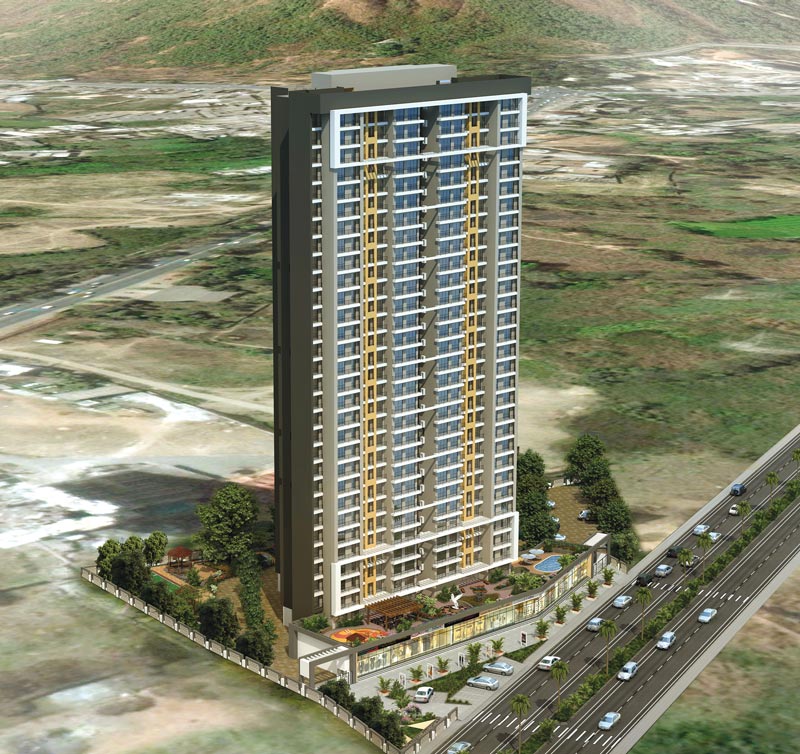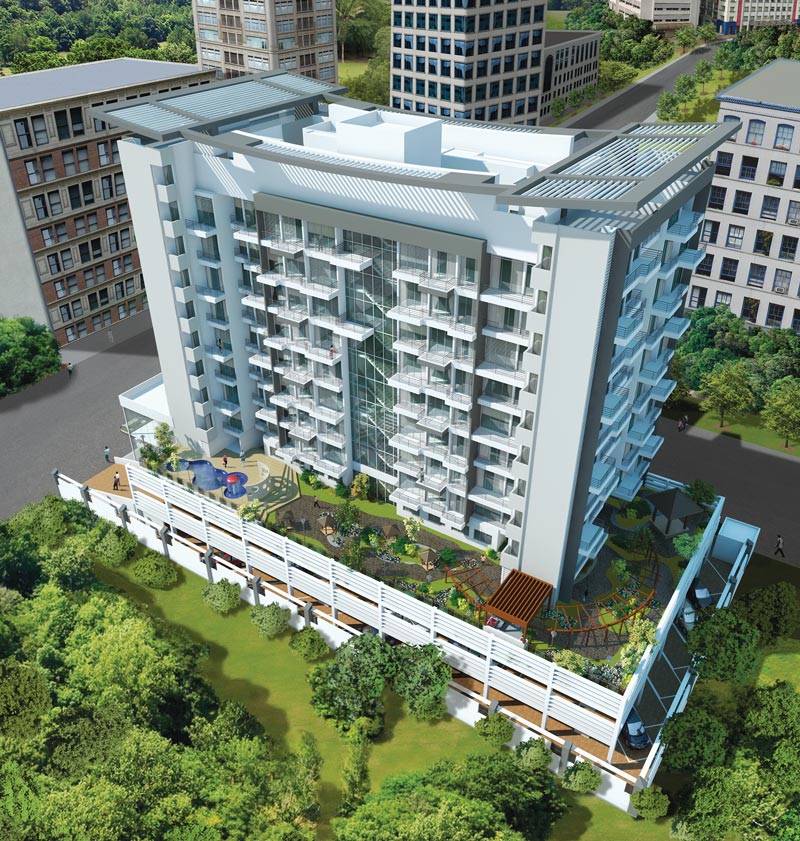
Our ancient architecture was predominantly palaces, forts, and places of worship. They had a distinct character because of two main reasons: use of local materials that were unique to the region and the religious influence on the style of architecture. Ranging from Hindu temples to Mughal to Indo-Islamic and finally Colonial architecture, India has experienced many different forms of architecture throughout her history.

The fact is that the character of a city is much more than just the style of the buildings in it. The urban fabric comprises of the whole – built form and the infrastructure. Our cities are developing rapidly and the influx of population in urban areas is continuously increasing with space becoming a huge commodity. We are planning high-rise buildings by the norm today, but it is a humungous challenge for us to provide the appropriate amenities for residents.
Sustainable development as the underlying character of Modern Indian architecture is what we should aim for - architecture that is truly responsible and sensitive to the human needs - both spiritually and materially
More FSI, more density is being sanctioned without giving serious thought to the quality of life of the users. We would like to see, especially the high-rise residential buildings, not to be totally alienated from the green spaces. By building higher, we have been able to reduce the footprints to get more open space on the ground. However, a disproportionate ratio between the number of people and green spaces has been growing, since the same size of plots are now loaded with more buildable potential.

Across the world, it is the time for evaluating the sustainable aspects of the buildings. We strongly believe that “Beauty is subject to choice but virtuous architecture is impartially beautiful”. And that is why we continue to devise new ways to make responsible architecture. Hence, if we have to literally reimagine the buildings of today and the future – they would be admired for their virtues as much as for their looks. Judging contemporary architecture by its environmental responsibility would be the true defining measure of its greatness.
The word sustainability is thrown around a lot these days. Most people think it has to do with conserving water or saving energy. While that is also true, we believe that to truly achieve sustainability we need to focus on the virtues of designing for the local context and climate. Hence, we should choose sustainable development as the central character of Modern Indian Architecture.















